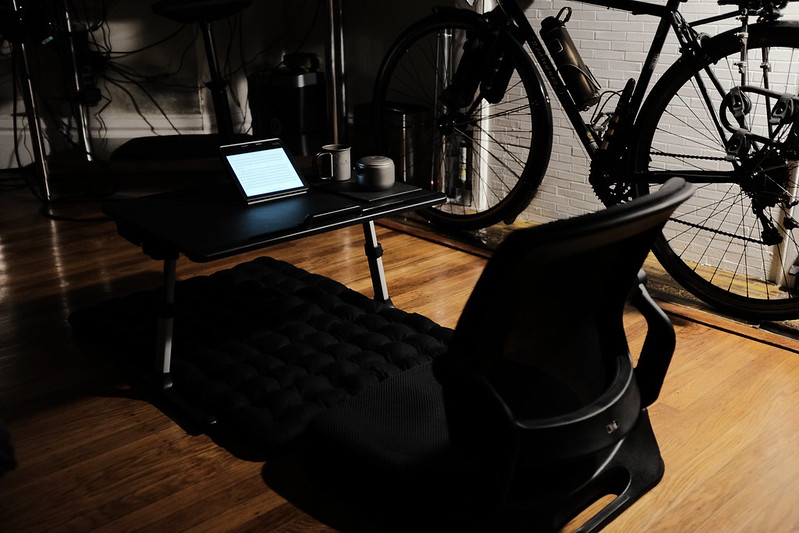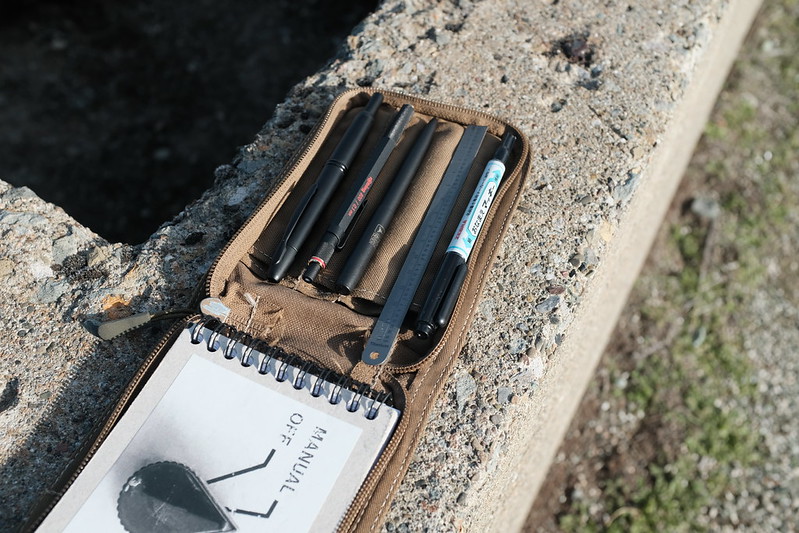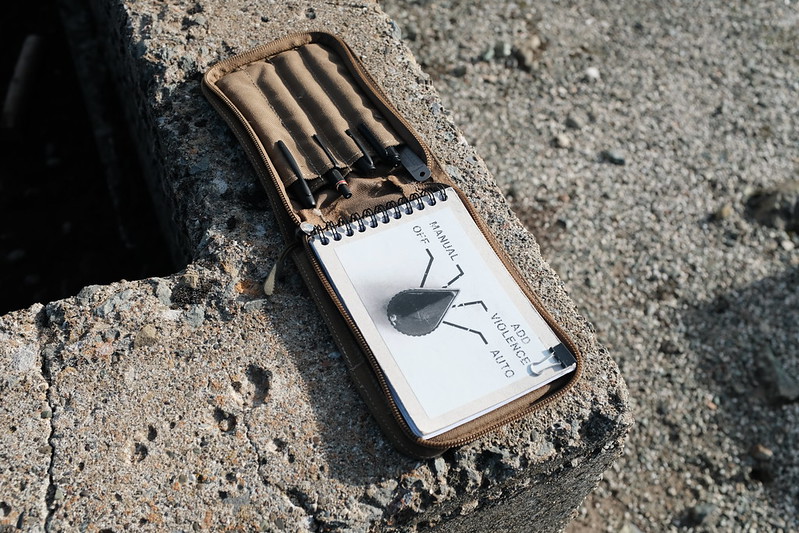Tribulations of the Jackal
I’ve begun watching the new The Day of the Jackal TV show. I read the book years ago, and remember enjoying it – though I think Forsyth (like Trevanian) is one of those novelists for whom one’s memory of the books is usually better than the reality of them. I never saw the 70’s film. The only thing I remember from the 90’s film was how satisfying it was to watch Jack Black’s arm get blown off. (The Internet assures me that there was another 121 minutes of this movie, but those 3 minutes are all I remember.) All of which is to say, I went in with middling expectations. But the first episode was better than I expected. I’ve watched the second episode now, and it is as good as the first. Unfortunately, there are plot issues holding the show back.
I have notes.
The show opens with the titular Jackal assassinating some political candidate. The Jackal is shown to be meticulous, competent, and highly skilled. (This excites me because competency porn is my favorite porn genre.) In the aftermath of the assassination everybody else in the show’s world comments on how the shot should have been impossible. This communicates to the audience that the Jackal probably isn’t desperate for work, nor is he a replaceable cog like his fellow gig-workers at Uber and Doordash.
Then we see the Jackal go home to some fancy villa in Spain. Everything about his house, his clothes, his cars communicates to the audience that he is rich.
As he communicates with his existing client and a new speculative client via his not-Tails live distro we see that he has strict rules about how he works and how he interacts with clients.
Yet this new speculative client immediately asks him to break his rules and his response is basically “lol ok let’s go”. Why? It is never explained. He’s rich, successful, and has a well-respected brand. Usually the setup for this sort of plot is “He wants out but the big bad boss is going to kill him unless he does this one last job”. Or, “He wants out but he’s broke and this one last job will earn him enough to retire to a Spanish villa.” But the writers of the show don’t attempt any of that. This guy already has the Spanish villa. They could solve this problem with just a few lines of dialogue and about 30 seconds of screen-time, but instead they just traipse right past this gaping void in the very beginning of their plot.
In the second episode the speculative client requests a meatspace meeting. The Jackal says “That’s not going to happen.” (It’s one of his rules, you know.) To which the client retorts with something like “Then we’ll have to go elsewhere. I expected the Jackal to say “Have a nice day” and hang up. This guy should hold all the cards in the negotiation – he’s supposed to be the best, the client approached him, he’s not struggling to feed himself, he just completed a job that nobody else could do. Instead he agrees to the meeting. It makes no sense. In every interaction he rolls over for the client, giving up all leverage. This is not how successful freelance employment works. How has he lasted this long?
The client wants him to murder some tech-bro CEO because said tech-bro CEO is going to release a piece of software called “River” that promises to make all financial transactions publicly viewable. How? Magic. It is never explained. Somehow this software will just be released, and in the next second all transactions everywhere in the world are going to be in some central, public database, I guess? (I keep expecting some character to say the word “blockchain”, but am pleased to report that this has yet to happen.) This is not how fintech works. River is just the show’s MacGuffin, so it doesn’t really matter, but the writers make the deadly mistake of telling us just enough about it to shatter the fantasy of the story. I find this sort of thing super frustrating. The right way to setup a world-ending MacGuffin is to copy The Rabbit’s Foot from Mission Impossible 3: the only thing we are told is its codename and that it is bad. Nothing else to distract from the plot. (They later fucked this up by trying to explain it in the recent sequels, but, well, you either die a hero or you live long enough to see yourself become the villain.) The writers should have told us that tech-bro CEO is going to release a piece a software that will change the world, and left it at that. Don’t extrapolate when it isn’t necessary.
The client tells the Jackal that the murder has to happen by such-and-such a date, because that is the date the tech-bro has said he is going to release the software. So… killing this CEO guy is going to destroy the software? This is not how software development or deployment works. The date is coming up soon (soon enough that the Jackal scoffs at the deadline but then immediately agrees, because he doesn’t care about his rules and always does whatever the client wants). The tech-bro is shown making the television rounds on some sort of press tour, promoting the imminent release. So we have to assume that the software is already pretty much ready for release. The client is not trying to kill the tech-bro because they want to prevent him from writing the software. They just want to prevent the release. They have yet to explain how killing the CEO will accomplish this. Why not figure out what data center the guy stores his git repos in and destroy that? Nobody knows.
Prior to the meeting in episode 2 that should never have happened, the Jackal quoted the client a fee of $100 million (or maybe Euros or Pounds or Woolongs, I don’t remember). At the beginning of this meeting the client says “We’re still pretty far away on the price.” The Jackal ignores her and requests half now, half on completion. She says no, but she’ll give him $20 million now. To which the Jackal responds, great, he’ll get started as soon as he gets the $20 million. Dude. She has explicitly told you that she is not going to pay your requested fee. She has offered to put down 20% of what you’re asking. You have completed no negotiations about what the remainder of the fee is going to be. And your response is to start on the project anyway? This guy is a terrible business person. The client must be overjoyed at how much of a pushover the Jackal is.
When he first uses his not-Tails live USB flash drive, he does so on a public computer at an internet cafe in Paris. This threw me. I thought the show was supposed to be set in the modern day, not 2003. Are internet cafes really still a thing in Paris? I paused the show to look it up on Google Maps, and apparently they do still exist. Weird, but I can move on. The Jackal then moves on by navigating to his darknet web chat thing and logging in with his username and password. On a public computer. So, not worried about key loggers, I guess? Surveillance cameras in the cafe that capture the keyboard? Why even go through this whole thing with the internet cafe? Just use your laptop from a public wifi network. Later, he does insert the same USB drive into his personal laptop and log into the same chat service. So it isn’t like he is trying to keep all his work stuff off of his personal machine. The whole thing just seems odd, and it’s not like his being at the internet cafe drives the plot in any way. Maybe later in the series they’ll reveal that security cameras in the cafe captured him and this will become relevant to the plot. But even then, they could accomplish the same thing by having him login from his personal machine while sitting at McDonald’s after ordering his Royale with Cheese.
When he finishes with the public computer, he stands up and picks up the snacks that he was munching on and the cups he was drinking out of. I think to myself “Oh, neat, this guy’s tradecraft is so good that he’s going to take this trash with him and dispose of it elsewhere so that he doesn’t leave any DNA at the cafe!” But then he just tosses it in the trash can inside the cafe before leaving. I cried a little inside. What was the point of even writing the trash into the show if not to communicate something about the character with it? I really hope this whole cafe scene comes back later in the series and becomes some sort of linchpin in the good guy’s investigation.
The MI6 lady who is trying to identify the Jackal gets a lead when she figures out that the backpack he is seen carrying is from some sort of small-batch Kickstarter thing that was only sold at two shops in jolly-old-England. So our (anti-)hero, who is shown to be so meticulous in his planning and a master of disguise, is dumb enough to walk around with some couture backpack of which only a couple hundred were ever sold? It strains credulity. I checked, and the first episode aired on 2024-11-07, while Brian Thompson was killed on 2024-12-04 so it wasn’t like this plot point was sloppily shoe-horned in at the last minute to make fun of Peak Design – which was my first thought.
Anyway, I’m enjoying the show. I just need to pause it three or four times an episode to rant about how stupid some minor plot point is. It’s frustrating because all these little unimportant things hold it back from being a good show. I hope they improve the writer’s room for the second season.














